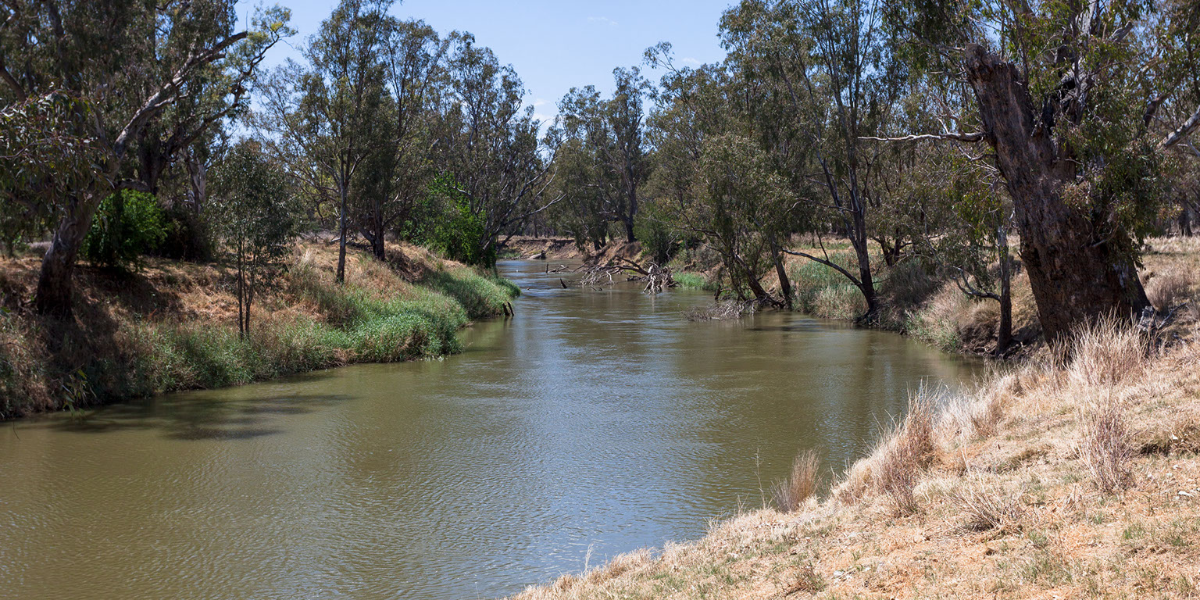The NSW Government has launched the Namoi Regional Water Strategy to pave the way for a safer, more secure and sustainable water supply for Tamworth and the Namoi over the next 20 years.
Minister for Water Rose Jackson said it puts a range of options on the table to diversify water sources, improve town water supply, support agriculture, industry and the environment and boost drought resilience so Tamworth is in a stronger position to manage a drier climate.
“The 2017-2020 drought was a major wake-up call and taught us a great deal about managing our water resources, which is why we need to put these lessons to good use in preparing the region for the next dry spell,” Ms Jackson said.
“We know Tamworth’s dams can go from full to empty within six years, which is why the strategy shows we need to tackle this problem from all angles by implementing not one, but several options to shore-up water security.
“Local communities deserve a comprehensive plan to help safeguard water security. We have investigated various solutions to ensure we’re looking at this issue from every angle.
“It lays out a clear pathway for how we can do that including a shortlist of the best short, medium and long term options that will bolster Tamworth’s drought resilience over the next two decades.
“This includes advanced water treatment plants for industrial re-use that could reduce the demand on Tamworth’s town water supply by up to 25 per cent every year, as well as additional water re-use and purified recycled water facilities.
“It also recommends investigations into the feasibility of intervalley pipelines that link Tamworth to Keepit Dam, Split Rock Dam and the Manning Valley to take advantage of existing infrastructure, along with a new 10 gigalitre off-river storage at Piallamore.
“With the Bureau of Meteorology forecasting another El Nino as early as the end of 2023, one of the fastest solutions could be increasing the reserve in Chaffey Dam.
“There is also a list of water efficiency and demand management options that could be implemented fairly quickly including fixing leaking pipes and old meters to make water supplies go further.
“But these ideas need to be put under the microscope to see if they stack up and to ensure they actually lock-in a safer, more secure water supply for Tamworth without increasing the divide between town water, agriculture, and the environment.
“I want to be clear that whatever decisions we make will be based 100 per cent on evidence including state-of-the-art climate modelling, so we are making the most of the water we have while finding new ways to increase supply.”
The Namoi Regional Water Strategy, which is underpinned by climate science and options analysis, also provides a roadmap for Gunnedah, Narrabri, Walgett, Wee Waa, Manilla, Quirindi, Walcha and the entire region.
After engaging extensively with Aboriginal communities, residents, farmers, businesses, stakeholder groups, and councils over the past two years, it lays out 27 actions to enable the Namoi to address its biggest water security issues.
“As Namoi continues to grow and we face a more variable climate, we’re preparing for the toughest water challenges of our lifetime,” Ms Jackson said.
“Many towns in the region depend heavily on groundwater, so we need to put actions in place to protect the aquifers and ensure they’re used sustainably.
“It also means progressing water treatment facilities, investing in training so there’s enough skilled staff to operate water and sewerage infrastructure, funding research and innovation so agriculture can adapt to climate change and addressing the barriers to Aboriginal people’s water rights.
“The strategy also recommends implementing the floodplain harvesting reform, improving fish passage to increase movement along rivers, investigating initiatives to boost connectivity with the Barwon-Darling River and exploring ways to improve water quality and the health of our rivers.
“At the end of the day, water is for everyone, and this strategy will make sure our approach to water management supports a stronger water future for the Namoi for many generations.”
The strategy has a 20-year timeframe and is supported by an implementation plan with some actions underway and others to be rolled out in the next 12 months and further down the track.
Like what you’re reading? Support New England Times by making a small contribution today and help us keep delivering local news paywall-free. Support now


